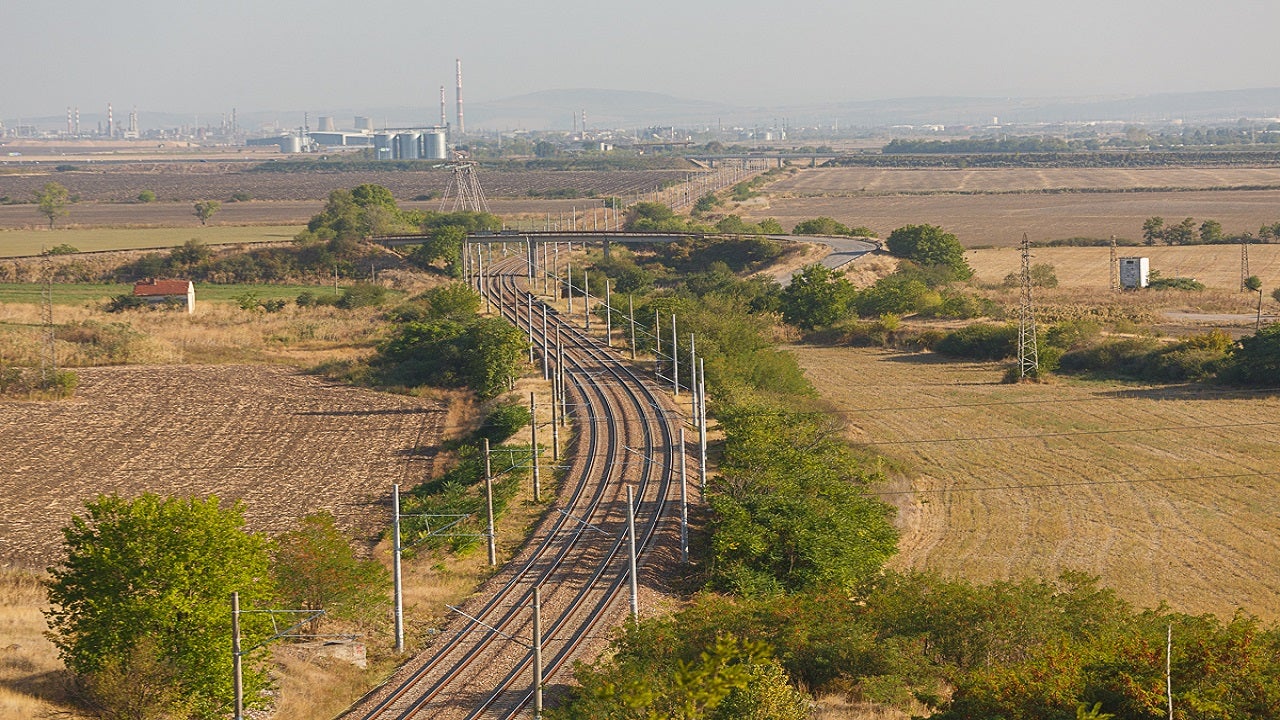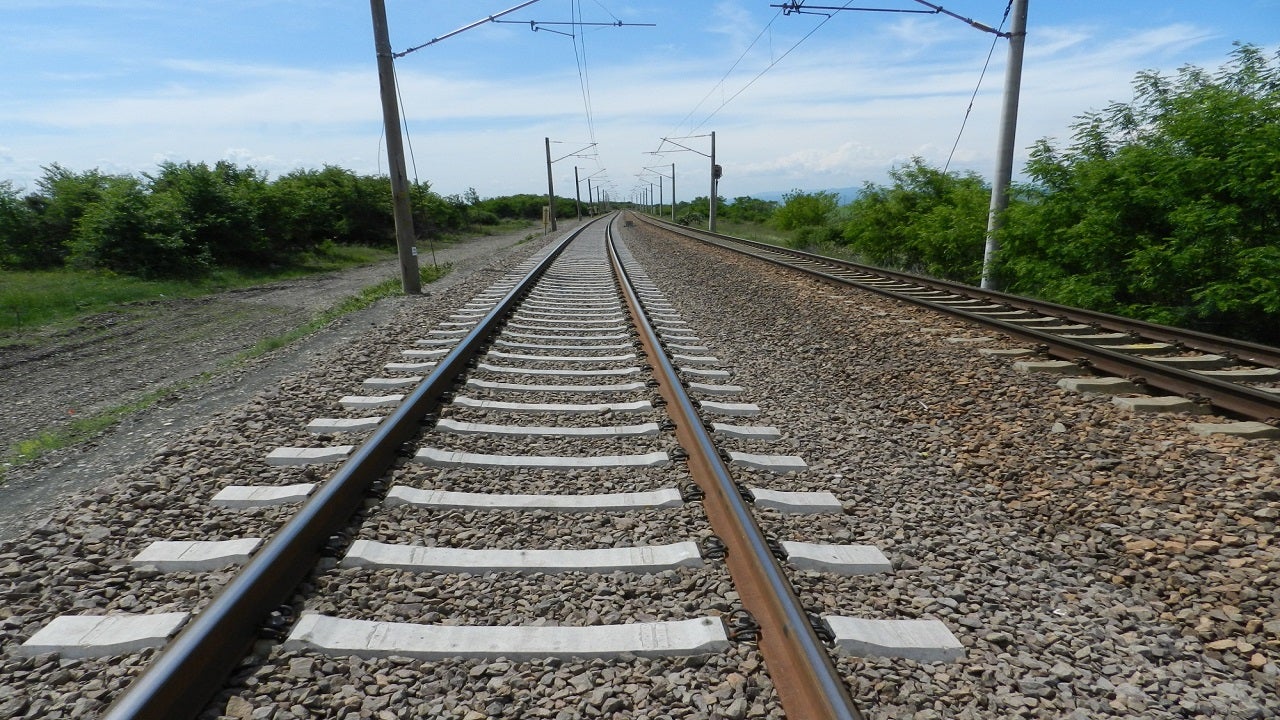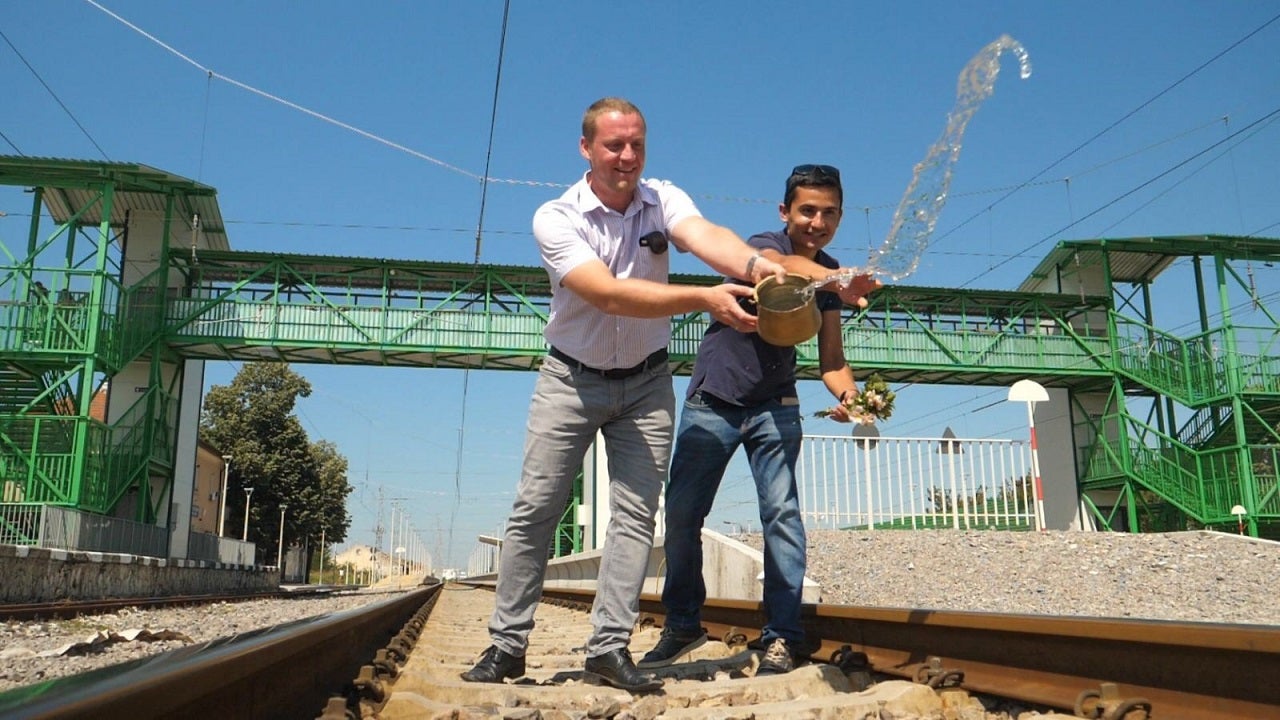The Plovdiv-Burgas railway line is a key part of the core Trans-European Transport Network (TEN-T) and the Orient/East Mediterranean corridor in the Republic of Bulgaria. TEN-T is a network of airports, roads, railways and water infrastructure being built in the EU while the Orient/East Mediterranean corridor is one of the key priority axes of TEN-T.
The upgrade of the railway line between the cities of Plovdiv and Burgas is being carried out in two phases. Phase one involved the upgrade of the Mihailovo-Kaloyanovets, Stara Zagora-Zavoi and Tserkovski-Karnobat sections, with an overall extended track length of 263km. The first phase of rehabilitation began in April 2011 and was completed in December 2016.
Phase two will increase the operating speeds in the renovated sections while improving safety and security. Currently, under appraisal for funding by the European Investment Bank, it will help upgrade the railway infrastructure to meet interoperability and relevant EU regulations.
Details of the Plovdiv-Burgas railway rehabilitation phase two
The Plovdiv-Burgas railway line is 292km-long, including 139km of single track and 153km of double track. It links Plovdiv, the country’s second-largest city after Sofia, with Burgas, which is the country’s fourth-largest city.
The phase two project involves the design and installation of telecommunication and signalling equipment in 18 stations along the Plovdiv-Burgas line, the installation of a European Train Control System (ETCS) train control system level one and a system for the centralised train dispatcher’s office in the Manole-Burgas section.
A train communication device global system for mobile communications–railway (GSM-R) and fibre optic cable will be installed. The project also includes the construction of overpasses and underpasses along the Plovdiv-Burgas railway line.
Other construction and modernisation works
Furthermore, the project is building a protective forest belt at the Chernograd-Aytos section to protect the track from adverse weather conditions. The rehabilitation of the existing 26km-long railway line between Skutare and Orizovo covers bridge reconstruction, as well as the existing catenary upgrade and station signalling. The Skutare-Orizovo rehabilitation, which started in March 2017, was completed in July 2020 with a total investment of €35.4m ($42m).
The phase will include the upgrade of the Orizovo and Mihaylovo railway section, which will include the modernisation and construction of railway track and catenary, the construction of a tunnel, the modernisation of the track sub-station Chirpan, the reconstruction of bridges, the removal of level crossings, the construction of overpasses, and the upgrade of signalling in stations.
The project will involve the modernisation of the railway section between Yambol and Zimnitsa, including the construction of new tracks at Zavoy station, bridge reconstruction and the upgrade of existing and newly constructed catenary.
In addition, it includes reconstructing the switches layout at Zimnitsa station and rehabilitating the contact line at Zimnitsa and Straldzha stations, modernising a railway track and Zimnitsa signalling, as well as a reconstructed layout at Zimnitsa station. The railway section Straldzha-Tserkovsi will also be renewed and rehabilitated.
Objectives and benefits of the Plovdiv-Burgas railway rehabilitation phase two
The project aims to improve the quality of the Plovdiv-Burgas railway line and increase railway passenger traffic. It will reduce the travel time by increasing speed to 130km/h in Ortozovo, Straldzha and Tserkovski districts and 160km/h in the Oriovo-Mihailov and Yambol-Zimnitsa sections.
Level crossings at the same level will be removed to reduce the operating costs of service providers. The contact line at the Zimnitsa station will be renovated along with the reconstruction of the shooting development.
The Plovdiv-Burgas railway line, a priority for Bulgaria’s national railway system, is being rehabilitated to improve service quality and enhance the competitiveness of rail transportation while also reducing transportation costs.
The upgraded track will support train speeds of more than 100km/h, with certain sections capable of reaching 160km/h.
The number of incidents can be decreased by 42% and the travel time can be reduced by 70 minutes, following the completion of the project.
In terms of sustainability, emissions are expected to be reduced by 35,000t of CO₂ a year. Accessibility for people with limited mobility will also be improved.
Other improvements
The rehabilitation project will expand the capacity of the railway infrastructure by improving operational parameters and incorporating modern methods of train movement control.
The upgrade will introduce new management systems such as the European Rail Traffic Management System (ERTMS)/ETCS, as well as supervisory control and data acquisition (SCADA).
Financing of Plovdiv-Burgas railway rehabilitation
The Plovdiv-Burgas rehabilitation project is funded by the European Regional Development Fund through the Operational Programme (OP) on Transport and Transport Infrastructure and national co-financing. The programme aims to develop the TEN-T network in Bulgaria and improve the safety and sustainability of transportation.
The total cost for the phase one rehabilitation project was €250.6m ($304m), funded by priority axis 1 of OP Transport 2007-2013.
The estimated investment for phase two rehabilitation is €414m ($468.7m), of which €293m ($331.7m) is provided under the EU Cohesion Fund through the OP Transport and Transport Infrastructure 2014-2020 while €121m ($137m) is funded through national financing.
Contractors involved
The 26km-long Skutare-Orizovo railway section was renewed by Italian railway construction company Generale Costruzioni Ferroviarie (GCF) in partnership with Bulgarian firms SK 13 and Trace Group.
Bulgarian infrastructure design company Vector-Bul was also engaged in the rehabilitation of the Skutare-Orizovo railway section.
VVD Consult, a consultancy firm based in Bulgaria, was selected to provide technical assistance for the construction of an intermodal terminal in the South-Central planning region of Bulgaria-Plovdiv.










